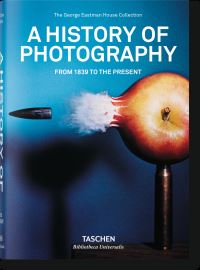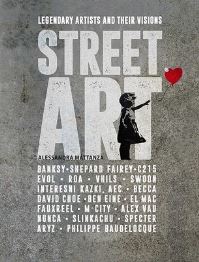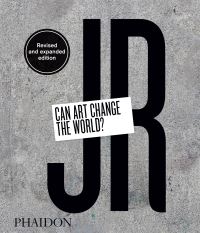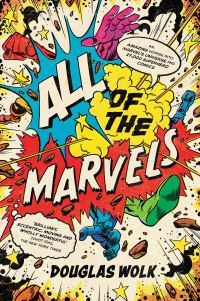Marianne Grant’s story is a remarkable one of courage. She was an artist who managed to paint in the most extreme circumstances, and her works of art tell of her experiences of WWII and imprisonment in Theresienstadt, Auschwitz and Bergen-Belsen concentration camps. These unique and extraordinary works, painted at first hand, help us to better understand the impact of the Holocaust. Her work still resonates today, particularly in Glasgow, the city that became her home and a city which has a strong tradition of welcoming refugees.

Painting for My Life Painting for My Life
€17.50
Description
Marianne Grant’s story is a remarkable one of courage. She was an artist who managed to paint in the most extreme circumstances, and her works of art tell of her experiences of WWII and imprisonment in Theresienstadt, Auschwitz and Bergen-Belsen concentration camps. These unique and extraordinary works, painted at first hand, help us to better understand the impact of the Holocaust. Her work still resonates today, particularly in Glasgow, the city that became her home and a city which has a strong tradition of welcoming refugees. Marianne Grant (1921-2007), was a remarkable woman, and a remarkable artist. Born in Prague in 1921 to Jewish parents, she loved to paint and draw. In 1942, she and her mother were deported to the Theresienstadt ghetto, and Marianne took watercolour paints, brushes and paper in the one suitcase she was allowed to bring. Her mother was later sent to Auschwitz, and Marianne jumped on the same train in order to stay with her. In the concentration camp Marianne came to the attention of Dr Mengele, who gave her an architect’s drawing kit and got her to work with him, documenting his work. He would pace up and down as she worked, and Marianne knew that she was, literally, drawing for her life. In April 1945, Marianne and her mother were sent to Bergen-Belsen. Throughout the war Marianne painted and sketched the scenes she saw, showing compassion for her fellow inmates, but also using her art as a form of silent protest. She and her mother survived the war, and after the liberation of Bergen-Belsen went to Sweden on a Red Cross ship. There Marianne earned a living making Christmas decorations. In 1951 she married a German Jewish refugee living in Glasgow, Jack Grant (born Jaakov Horst Grodszinksy), with whom she had become pen pals, and came to live in Glasgow, where they raised their three children. In 2002, when Marianne was still alive, Glasgow Museums was fortunate to be able to work with her on projects relating to her work, and in 2004, with grant aid assistance from the Heritage Lottery Fund, The Art Fund, and the National Fund for Acquisitions, we were able to acquire 77 of her remarkable works. Every January, we rotate the display of her works in Kelvingrove Art Gallery and Museum.This is the first full catalogue of Marianne’s works.
Additional information
| Weight | 0.551 kg |
|---|---|
| Dimensions | 22 × 21.5 × 1 cm |
| Book_author | Grant, Marianne |
| Publisher | Glasgow Museums Publishing |
| Imprint | Glasgow Museums Publishing |
| Cover | Paperback |
| Pages | 139 |
| Language | English |
| Edition | |
| Dewey | 759.37 (edition:23) |
| Readership | General – Trade / Code: K |




